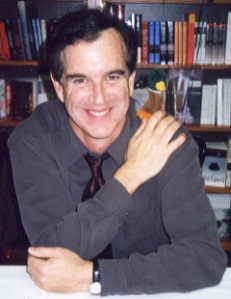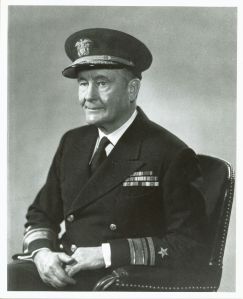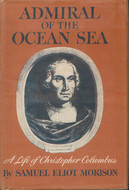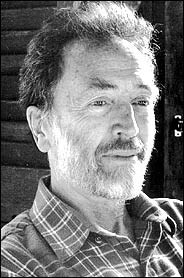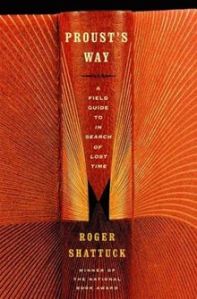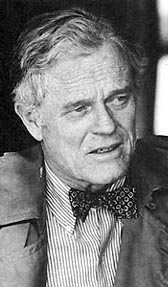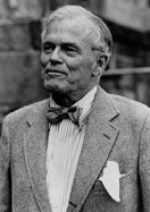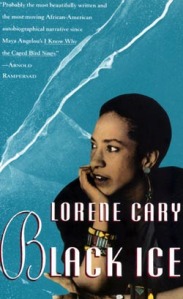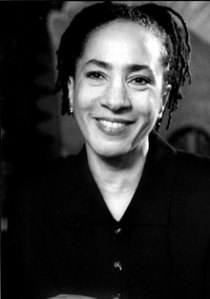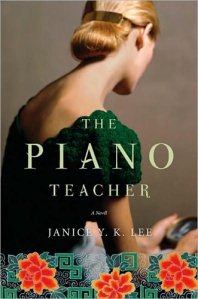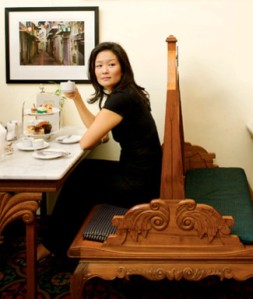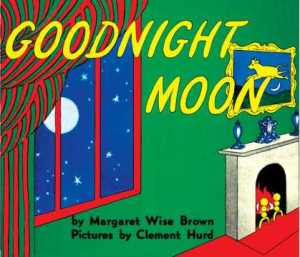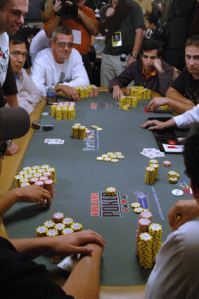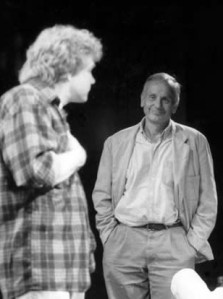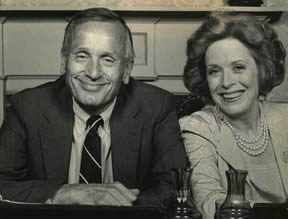Indecision
A NYT Bestseller
Biographical Notes (adapted from Wikipedia)
Benjamin Kunkel (born in 1972 in Colorado) is an American novelist. He co-founded and is a co-editor of the journal n+1. His first novel, Indecision, was published in 2005.

Image: http://bit.ly/tM7WR
He grew up in Eagle, Colorado and was educated at St. Paul’s School in Concord, New Hampshire, studied at Deep Springs College in California, graduated from Harvard University, then got his MFA in Creative Writing at Columbia University.
In addition to regularly writing for The New York Times, Kunkel has written for the magazines Dissent, The Nation, The New York Review of Books, The Believer, and The New Yorker.
Indecision begins with the acknowledgment, “For n+1.” Kunkel has written two short stories and one book review for the print journal he started with friends from college and graduate school. In the Fall 2004 issue, he published the short story “Horse Mountain,” about an aging man. In the Spring 2005 issue, he published a review of J.M. Coetzee’s works, imitating Coetzee’s recent novel Elizabeth Costello. In the Fall 2005 issue, he published a short story “Or Things I Did Not Do or Say,” about a man determined to kill another man.
Summary
Out of the billions of books in the world, only a handful have appeared on the cover of the New York Times Book Review. Even fewer have been an author’s debut novel. Indecision was widely applauded in 2005, and arguably one of the most talked-about debuts in the last decade. Jay McInerney dubbed it “the funniest and smartest coming-of-age novel in years,” and other critics awarded Kunkel similar praise.
Many have compared Indecision to The Catcher in the Rye – especially the NYT critic Michiko Kakutani, who wrote a review of the novel entirely from Holden Caulfield’s perspective. Much of the groundwork is similar – disenchanted prep schooler refuses to grow up – but this is far from a remake.
The story follows Dwight Wilmerding – 28 years old, living in the city, and hopeless underachiever. Kunkel describes stories from Dwight”s time at “St. Jerome’s” with details a Paulie would instantly recognize, but the flashbacks show a life filled with no sense of purpose. Stuck in a dead-end job with a frustrating girlfriend and immature roommates, he recognizes that he is unhappy but is unable to take action. Dwight realizes that he lacks the ability to make decisions – usually relying on flipping a Chinese coin for his daily choices – and ends up taking an experimental drug meant for people with chronic indecision.
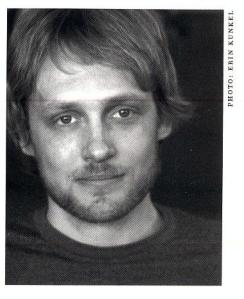
Image: http://bit.ly/CBONx
With a firm resolve, Dwight flips his life upside down. He spontaneously follows his former crush from St. Jerome’s to Ecuador, falls in love with her roommate, and has many revelations in the South American jungles. The exact nature of the drug isn’t made clear, but placebo or not, Dwight’s new decisiveness allows him to finally grow up.
Critics have heralded Indecision as a defining book for Generation Y – the children of the baby boomers. NPR, in an interview with Kunkel, asked him if indecision is a global problem for his contemporaries. He replied, “Well, it’s obviously not an affliction for everybody in the world, it’s only a small segment of the world. But I think for a number of people of my generation, there’s been an explosion of freedom without any sort of similar capacity to handle the opportunities that spread themselves before us.”
Even without the “bigger picture” in place, Indecision is a heart-felt and often hilarious novel that readers will thoroughly enjoy.

